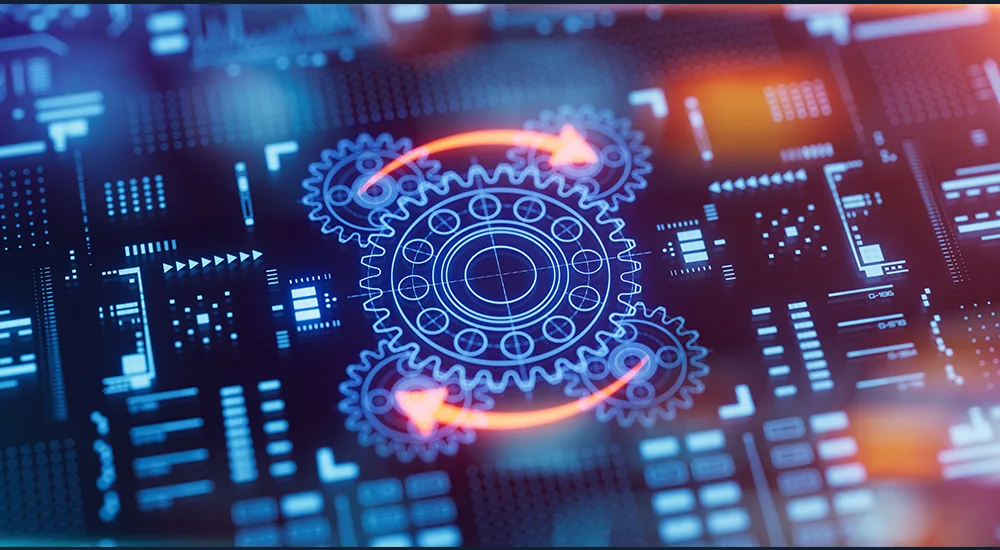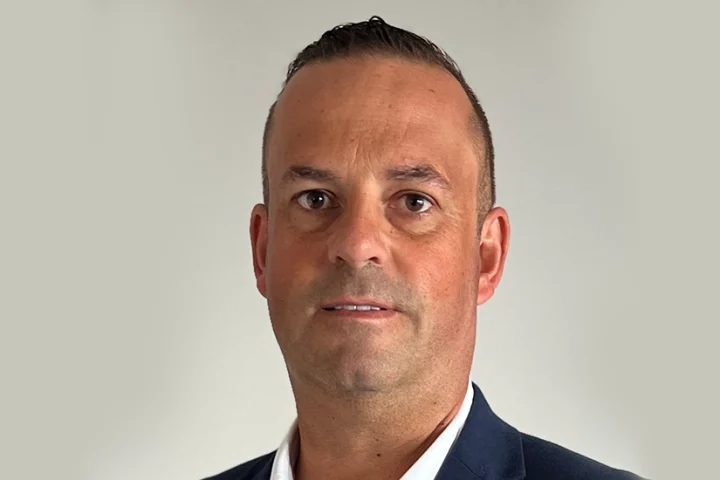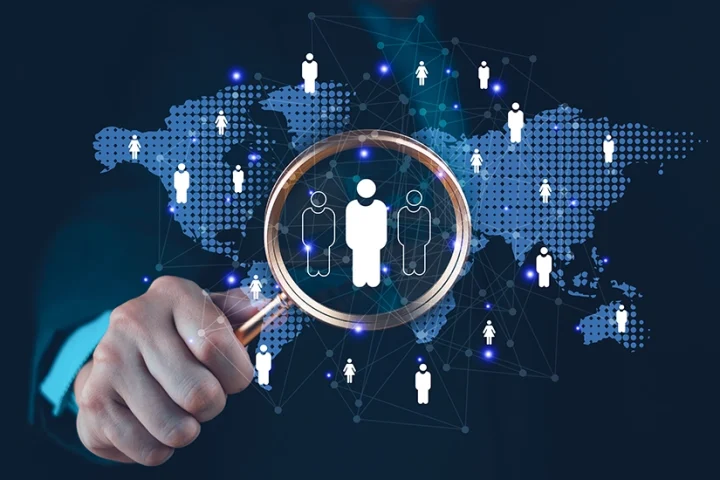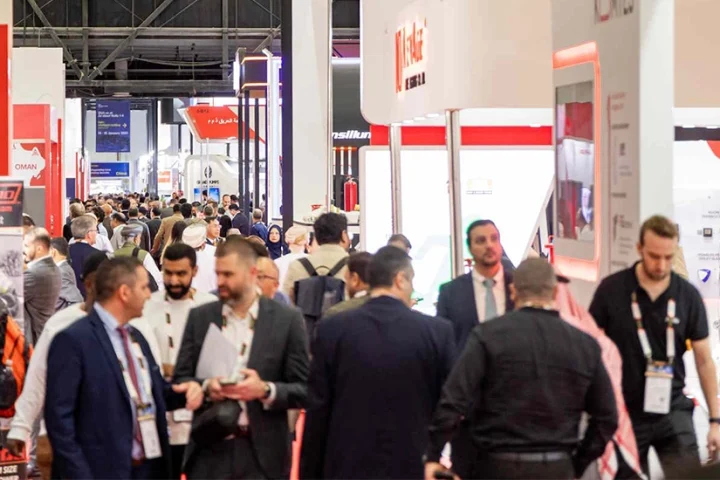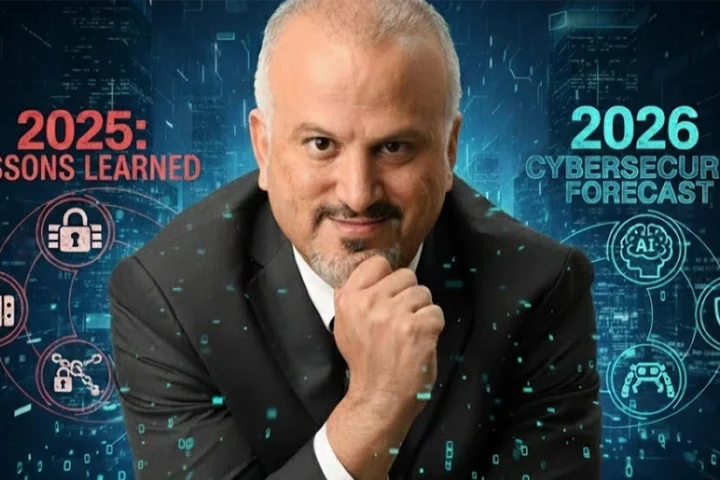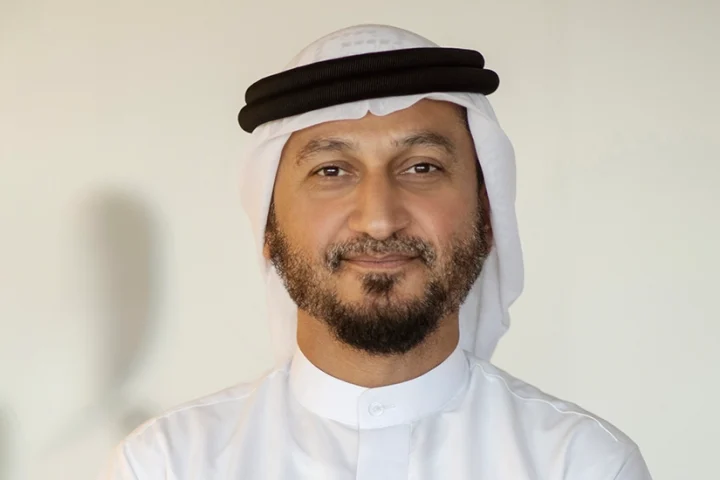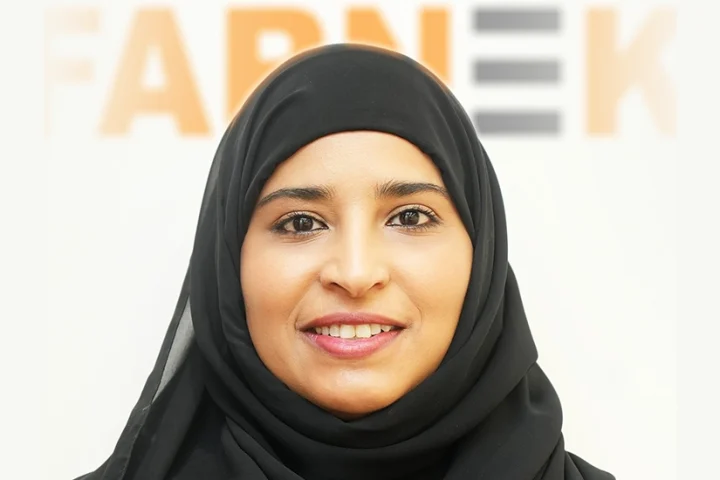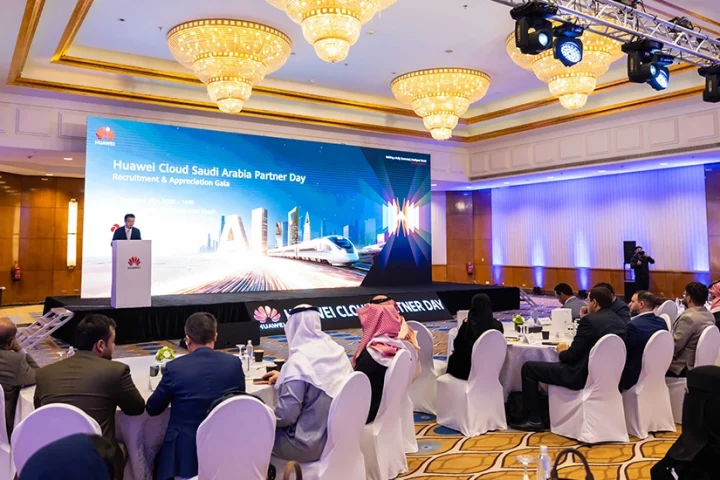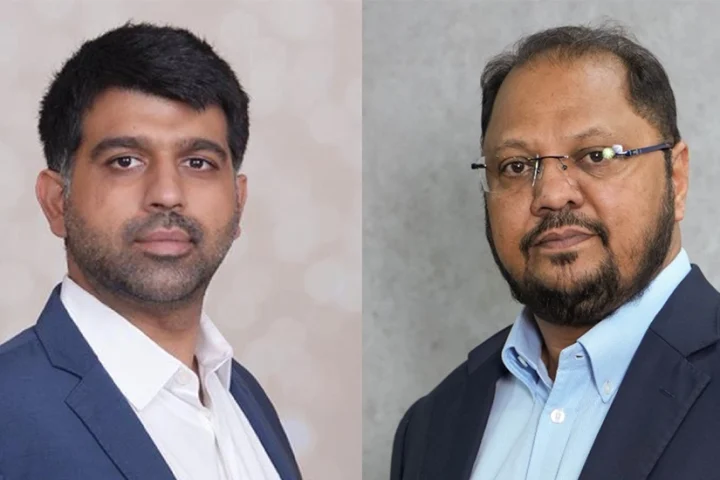As digital transformation accelerates across the Middle East and beyond, enterprise IoT is becoming a strategic linchpin—not just for efficiency, but for innovation.
From predictive maintenance and energy optimization to AI-powered space planning and cybersecurity, IoT is redefining how businesses operate and grow.
According to IoT Analytics, the enterprise IoT market is projected to grow at a 14% CAGR through 2030. This growth is being fueled by rising investments in IoT-related SaaS and IaaS, both expected to expand at over 20% CAGR for the rest of the decade. Hardware, too, is on track for recovery, with controllers and gateways forecasted to grow at a moderate 4.5% CAGR. Notably, hardware and semiconductor segments that sit at the intersection of IoT and AI are poised for significantly higher growth.

Asokan Moodley, Head of GenAI and Industry Advisory for Middle East and Africa at NTT DATA, highlights a growing trend among enterprises: the adoption of IoT technologies to enhance operational efficiency and workspace management. In operations, IoT enables predictive maintenance by using sensors to monitor equipment health—allowing issues to be addressed before failures occur. This minimizes downtime and reduces maintenance costs. Real-time asset tracking further optimizes the use of machinery, vehicles, and inventory.
Additionally, IoT-driven energy management systems monitor and control energy consumption, resulting in cost savings and sustainability gains.
“For workspace management, IoT-enabled smart lighting and HVAC systems automatically adjust based on occupancy and environmental conditions, promoting both energy efficiency and occupant comfort,” Asokan explains. “Sensors also help track space utilization, enabling organizations to optimize office layouts and improve resource planning.”

Osama Alzoubi, Vice President, Saudi Arabia and the Middle East and Africa, Phosphorus, adds that enterprises are increasingly relying on IoT to manage the explosion of connected devices across their environments. “We’re seeing a shift from reactive maintenance to proactive device management. With real-time monitoring, organizations can detect issues such as outdated configurations, weak authentication, or technical faults—transforming how IT, facilities, and operations teams work together.”

Dr. Emad Fahmy, Director of Systems Engineering for the Middle East at NETSCOUT, underscores the ubiquity of IoT, with an estimated 18 billion devices in use today. “In manufacturing, barcode scanners track progress and update ERP systems in real time, while in retail, smart shelves and RFID systems automate stock tracking and dynamic pricing. In healthcare, mobile diagnostic devices and digital carts connect to centralized systems, enabling efficient care delivery and accurate patient data access at the bedside.”
What insights are organizations gaining from smart building sensors?

Ibrahim Imam, CEO and Co-founder of PlanRadar, explains that smart building sensors generate continuous data on occupancy, temperature, air quality, water usage, and equipment performance—providing actionable insights for smarter facility management. For example, motion sensors in modern offices can uncover underutilized meeting rooms or inform cleaning schedules and ventilation needs.
Fouad Bekkar, CEO of Coralytics, adds that IoT sensors offer a window into how spaces function in real time. This includes data on room occupancy, temperature, air quality, and energy use. These insights can be used to support decisions around maintenance, tenant comfort, and energy management. The next step is using AI to process and interpret this information effectively. Working with real estate data helps teams better understand how to optimise their digital presence and day-to-day operations.

Morey Haber, Chief Security Advisor at BeyondTrust, further notes that organizations are gaining a wide variety of information from the smart buildings and office sensors. They are able to determine intimate details about when employees are arriving in an office and when they are leaving. In addition, they are able to produce a return on investment report for power consumption and office space utilization, to determine if the office size is adequate or should be expanded or shrunk to meet the current demand of employees, based on their attendance.
In addition, IoT devices like cameras, help to deter theft of equipment, or even basic office supplies, simply by having them present in key areas of an office environment like storage rooms, elevators, wire closets, and access doorways.
How are businesses integrating IoT data into broader analytics or AI workflows?
Fouad from Coralytics says the value of IoT lies not just in the data it captures, but in what businesses do with that data. AI systems make it possible to analyse large, complex datasets from sensors and translate them into practical actions, automating building responses, triggering alerts, or informing customer interactions.
Asokan from NTT DATA says businesses are increasingly integrating IoT data into broader analytics and AI workflows to drive smarter decision-making, streamline operations, and enhance customer experiences. IoT devices such as sensors embedded in machinery, vehicles, and infrastructure continuously collect vast amounts of real-time data. This data is aggregated and transmitted to centralized systems, often leveraging cloud platforms like AWS, Azure, or Google Cloud for scalability and accessibility.
Edge computing is also employed to process data closer to the source, reducing latency and conserving bandwidth. Once collected, the data is stored in cloud databases and subjected to advanced analytics. Big data tools like Apache Hadoop and Spark analyze these large datasets to uncover patterns and generate actionable insights. AI and machine learning models are then trained on this data to forecast outcomes, optimize processes, and automate decisions.
Osama from Phosphorus says organizations are integrating IoT-generated data into comprehensive analytics and AI frameworks to bolster situational awareness and optimize decision-making processes. Through intelligent discovery and API-level integrations, xIoT data spanning operational and environmental inputs—is ingested into systems such as SIEMs, SOARs, and enterprise analytics platforms.
This continuous data flow enables predictive threat modeling by identifying behavioral patterns across distributed device networks. AI algorithms process these inputs to detect anomalies, deviations, or emerging risks that may go unnoticed in static systems. In regulated sectors, this integration also supports automated compliance reporting by maintaining an audit trail of device activity and configuration states.
How does IoT fit into the overall digital transformation strategy?
Dr Emad says digital transformation used to start with cloud migration. Now, it begins closer to the edge, on shop floors, factory lines and remote offices, where connected devices generate the raw signals that shape smarter operations. IoT plays a central role here, feeding real-time data into automation and analytics pipelines. But that data only becomes useful when it’s trustworthy. That starts with turning raw packet traffic into AI-ready insight; a capability NETSCOUT provides for complex, hybrid networks.
“This is what enables true transformation: not just connecting devices, but orchestrating them to respond, learn, and adapt. It’s a shift we’re seeing across industries, and, increasingly, across the Gulf, where investment in connected infrastructure is fast becoming a cornerstone of national strategy.”
Assim Khedr, Engineering & Training Manager – Middle East at Axis Communications, says IoT, like many other technologies, has the potential to improve people’s everyday lives and the operations of both public and private organisations. IoT enables efficient and advanced data analytics through the generation of big data, which is then analysed to create valuable insights that allow for better decision-making and process optimisation. It can also be used to automate certain tasks, letting companies focus on more important, high-level ones on top of increasing productivity and efficiency.
“Consequently, IoT has a significant role to play in the development of smart cities and urban and traffic management, everything from smart streetlights and traffic monitoring to sensors that detect air quality and environmental conditions. These deployments contribute to a greater, holistic transformation of the spaces we live and work in, leading to intelligent systems and networks that serve as the foundation of a smart, secure and sustainable future for all,” he adds.
What are the key challenges in scaling IoT implementations across enterprise environments?
According to Ibrahim from PlanRadar, despite its promise, enterprise IoT adoption at scale remains complex. One major hurdle is the interoperability of devices—different manufacturers often use varying communication protocols, making it difficult to integrate systems into a unified platform. IoT Insider notes that 58% of project failures stem from device-level issues and lack of standardization, indicating a need for intelligent edge devices and middleware solutions.
“Legacy infrastructure is another issue. Older buildings or remote sites may lack the connectivity, power, or bandwidth required to support modern IoT systems. Environmental conditions—such as heat, dust, or moisture—can impact sensor durability and accuracy,” he says.


